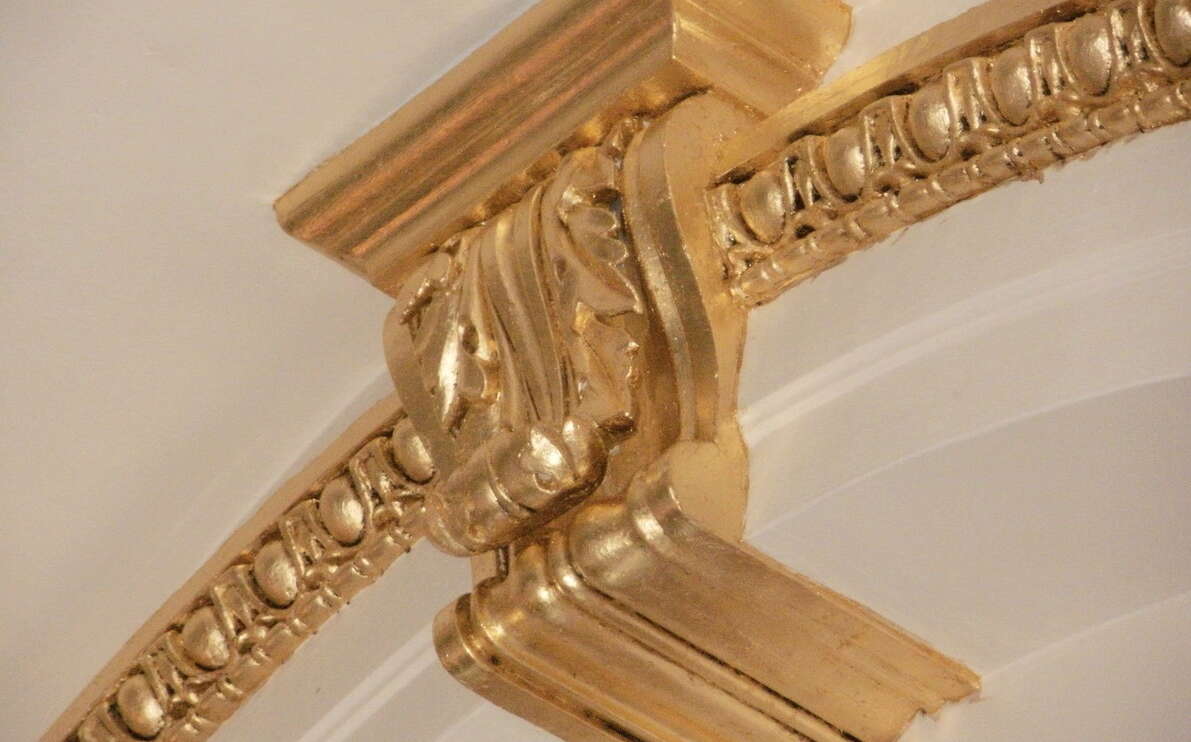
Greater Portland Landmarks awards pay notice to adaptive reuse, restoration efforts
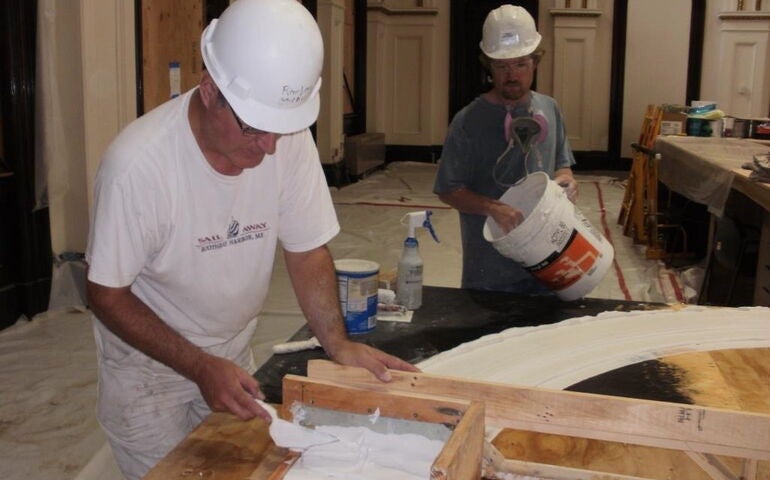 Photo / Courtesy Greater Portland Landmarks
Peter Lord, of Peter Lord Plaster & Paint, is being recognized for his expertise in the restoration and re-creation of period-appropriate walls, ceilings and details.
Photo / Courtesy Greater Portland Landmarks
Peter Lord, of Peter Lord Plaster & Paint, is being recognized for his expertise in the restoration and re-creation of period-appropriate walls, ceilings and details.
An expert in historic plaster restoration is among the 10 honorees chosen by Greater Portland Landmarks for its annual preservation awards.
Peter Lord, of Peter Lord Plaster & Paint in the York County town of Limington, has restored or re-created period-appropriate walls, ceilings and ornate detail work in buildings such as the U.S. Custom House, Victoria Mansion and the 1785 Wadsworth-Longfellow House in Portland.

“Specialized trades are crucial to maintaining and repairing historic structures, making Peter’s wealth of experience one of the sharpest tools in our preservation toolbox,” Greater Portland Landmarks said in its citation.
Portland's nonprofit advocate for historic preservation is presenting the awards to people and projects across Greater Portland that represent the best of adaptive reuse, contextual new construction, storytelling and placemaking, and dedication to preservation through policy, restoration trades and as stewards of historic properties, according to a news release.
“It is exciting to honor the many successful ways individuals, organizations, and professionals have engaged with and utilized historic preservation to benefit our community’s connection with history and further its special sense of place,” said Kate Lemos McHale, the organization’s executive director.
The awards will be presented at the nonprofit's 60th birthday celebration on Oct. 28 at the Mariner's Church, 368 Fore St., Portland at 6 p.m. The nonprofit was unable to hold an event for its 2023 winners, so they’ll be included, too.
In addition to Peter Lord, other individual honorees include Vana Carmona, a homeowner who purchased an approximately 175-year-old, Greek Revival-style house at 99 Capisic St. in Portland, hired a team that included Matthew Alcorn Builders and Margaret Innes’ Studio E Architecture, repaired the structure, doing much of the work herself and had it designated an individual landmark by the city, protecting it in perpetuity.
Deb Andrews, the city’s former historic preservation program manager, is being acknowledged for individual contributions to preservation policy; and Lee Humiston, founder and curator of the Maine Military Museum in South Portland, for storytelling.
Developers Collaborative is being recognized for its adaptive reuse projects with a focus on mixed-use and residential projects including affordable, market rate and senior housing. That’s included the Reed School building, rehabilitated in 2017, Stevens Square Community Center, an adaptive reuse of the former Maine Girls’ Academy and McAuley High School, now anchors the Deering Center neighborhood. Freedom Place, a former Catholic school at 66 State St., now offers single-room units for women experiencing chronic homelessness or in early recovery from substance use.
Bucknam Tavern, circa 1750, is one of the oldest surviving structures in Falmouth and has been in the same family since the early 1900s when a Danish wheelwright brought his family to the U.S. His great-granddaughter, Maren Forsyth and her husband Alex Scangas brought on a team led by Barba + Wheelock Architects and Les Fossel to restore the structure, salvaging as much as possible and installing new systems and insulation.

First Parish in Portland at 425 Congress St. in Portland, built in 1826, with features including an 1802 clock and tower and an 1810 steeple bell, saw significant upgrades to ensure universal access to the church campus, including a contemporary addition that provided an elevator, making all floors accessible and enhancing the courtyard behind the historic building. Ted Oldham and Austin Farrar, co-chairs of the Church for Everybody Campaign, were key to this project's success; Oldham provided the design for the addition with Archetype Architects being the architect on record..
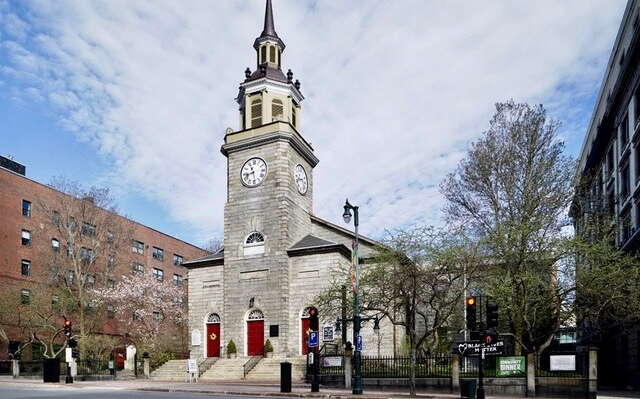
Woodhull, a Portland architecture, construction and millwork firm, performed an adaptive reuse and restoration of its headquarters, Safford House, a three-story brick structure built in 1858 at 93 High St. in Portland that was previously Greater Portland Landmarks headquarters. Woodhull addressed challenges with the mechanical systems, restored the grand staircase, intricate wainscoting and arched doorways while adding contemporary touches such as custom walnut and ash millwork, LED lighting and in-floor power.
East Brown Cow rehabilitated the Thompson Block, at 121 Middle St. in Portland, for adaptive reuse. The rehabilitation included structural repair; restoration of features such as the slate mansard roof, cooper dormer roofs and flashing, brick, sandstone, brownstone and granite masonry façade, wood detail and trim and original window restoration; and installation of modern amenities. Several missing elements, such as cast-iron grilles, finials and scrolls, were re-created using 3D scanning. The project team included Mark Mueller Architects, Simons Architects and Hanson Historic Consulting, working with local, state and federal preservation agencies.
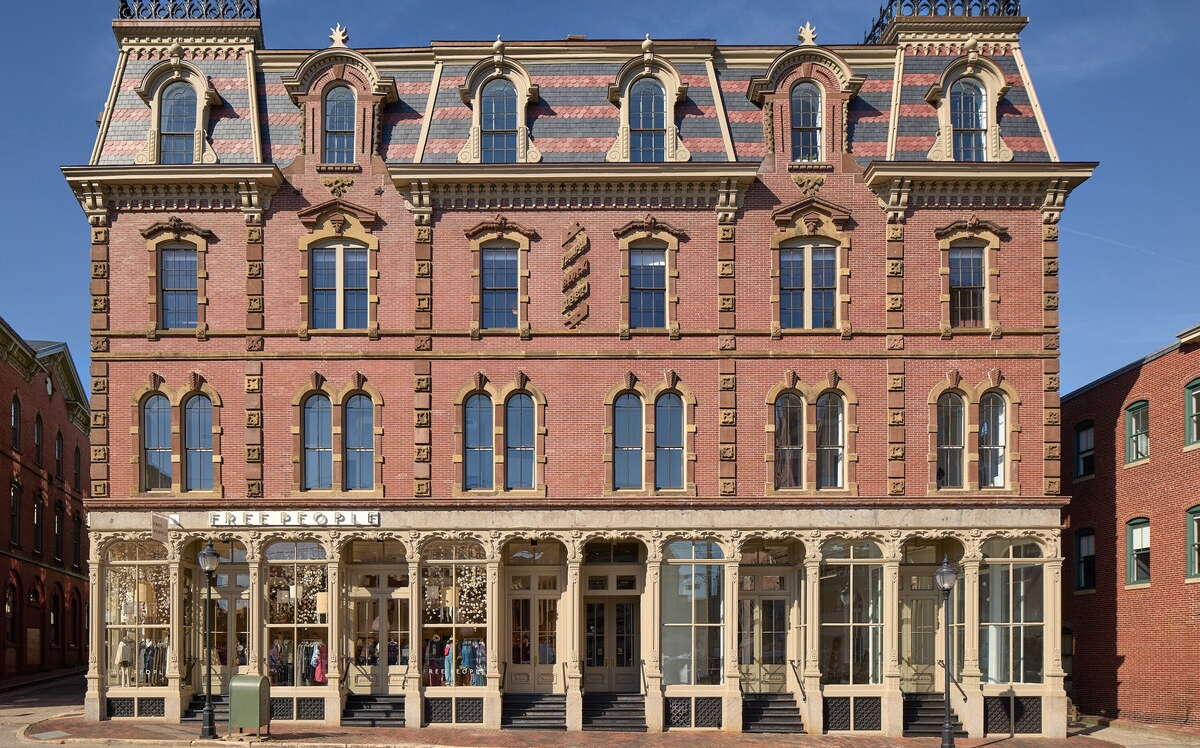
Fifth Maine Museum at 45 Seashore Ave. on Peaks Island had its second-story historic windows restored. Veterans of the Union Army’s Fifth Maine volunteer infantry in 1888, 23 years built the communal cottage after the end of the Civil War, as a place of gathering, remembering an healing. The work on the windows included removing them, steam stripping paint, repairing rotted wood and reinstalling the restored windows with weather stripping.
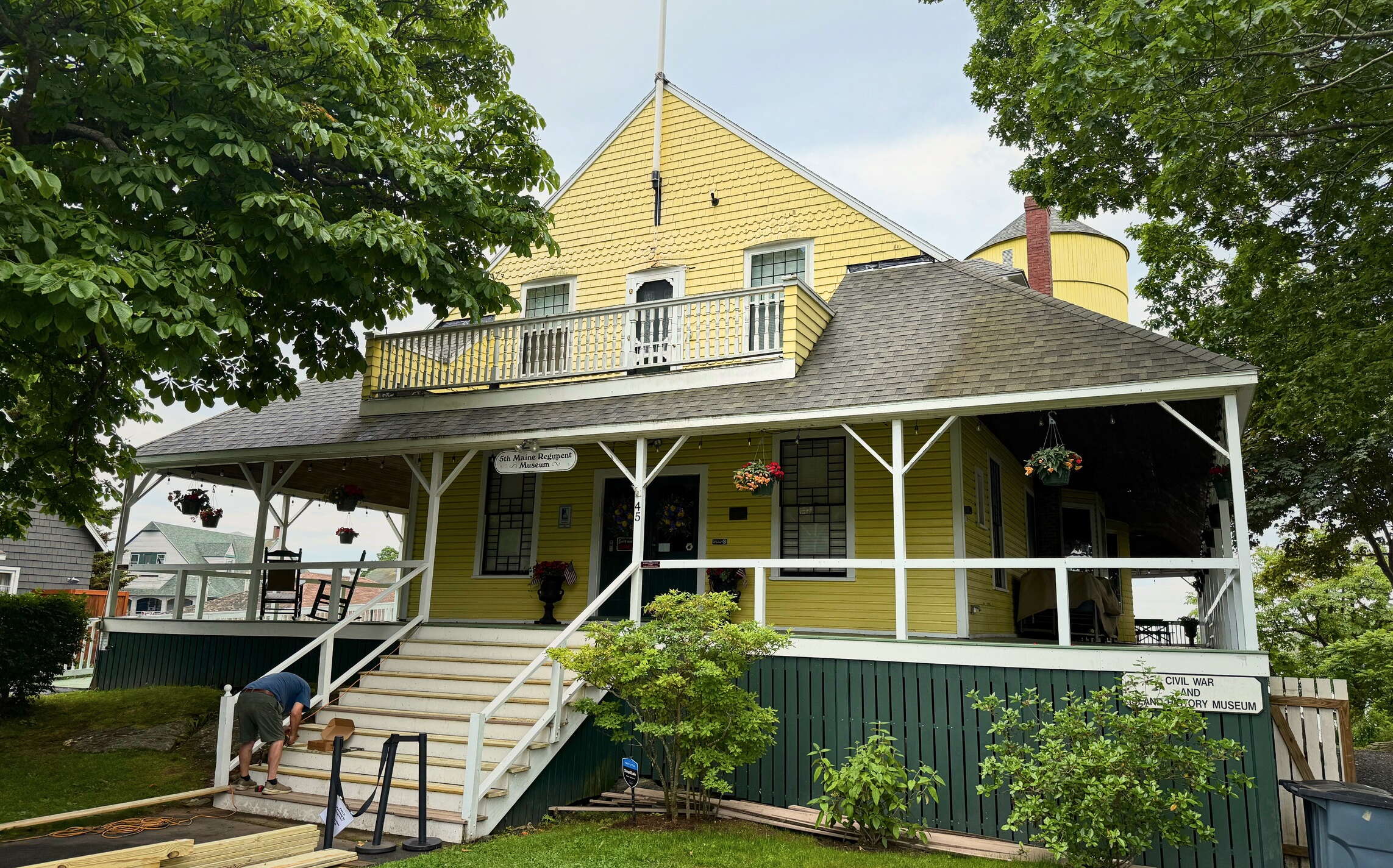
Founded in 1964, Greater Portland Landmarks uses Portland's buildings, places, culture and stories as a catalyst for connection, affordability and resilience.







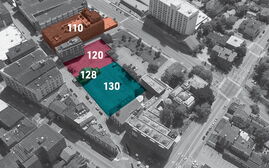

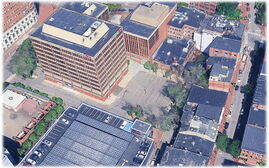




0 Comments